|
ÖNERİLEN
İNCELE
|
|
|---|---|
| Technical Features | |
|
How Soon Should I Get Pregnant?
|
1 Year |
|
Can I Breastfeed?
|
|
|
Does it Offer a Permanent Solution?
|
|
|
Is Scarless Surgery Possible?
|
|
|
Is Natural Look Possible?
|
|
|
Speed of Return to Social Life
|
1 Day |
|
Processing Time
|
1-2 Hours |
|
Corset Usage Period
|
3-4 Weeks |

 Hair Transplant For Women
Hair Transplant For Women
 Hair Transplant For Men
Hair Transplant For Men




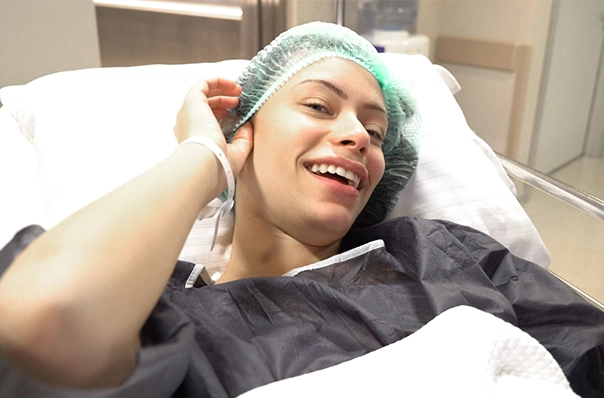

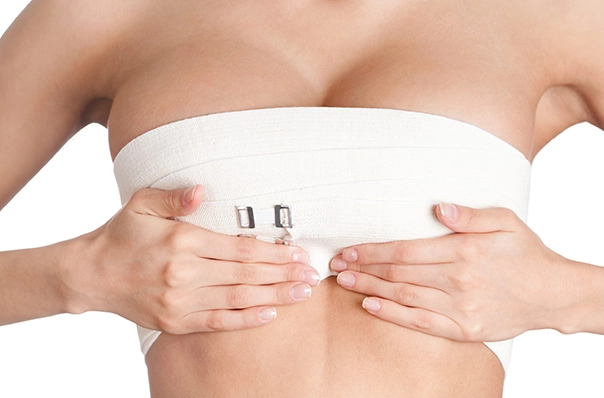
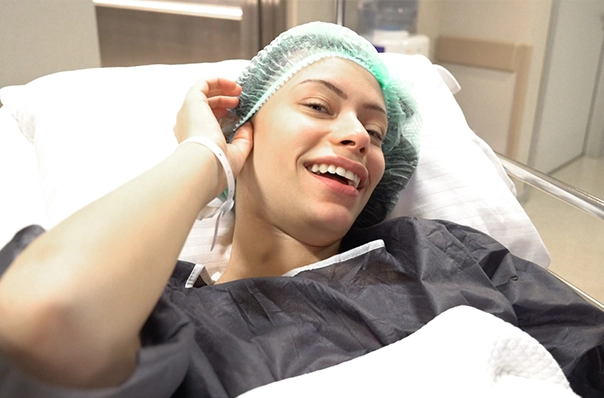 During
During
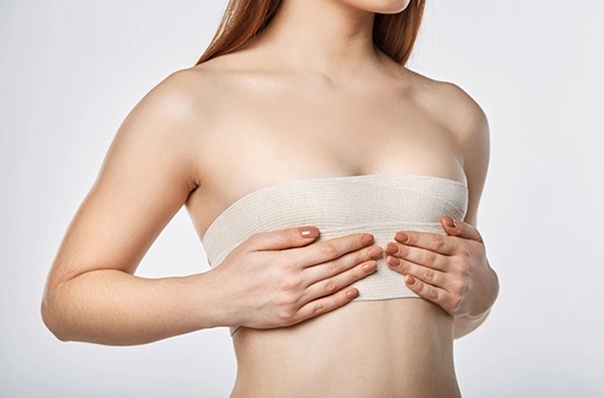 After
After



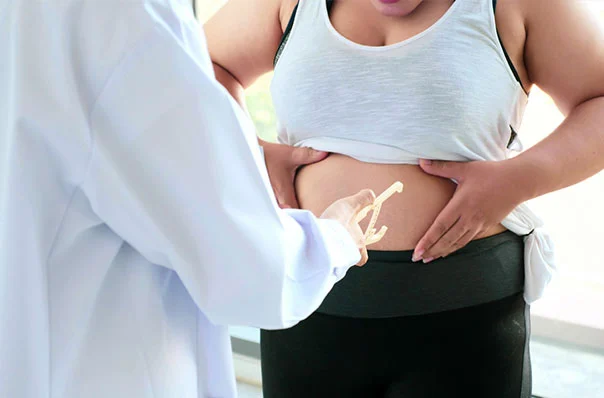 Tube Stomach Surgery
Tube Stomach Surgery
 Lip filler
Lip filler
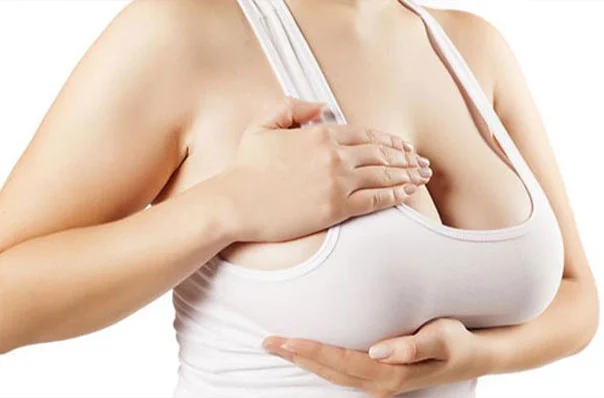 Breast Reduction Surgery
Breast Reduction Surgery
 Abdominal Muscle Surgery (Two Pack)
Abdominal Muscle Surgery (Two Pack)
